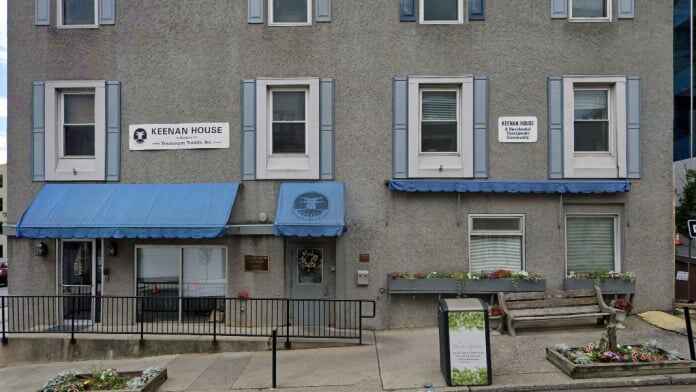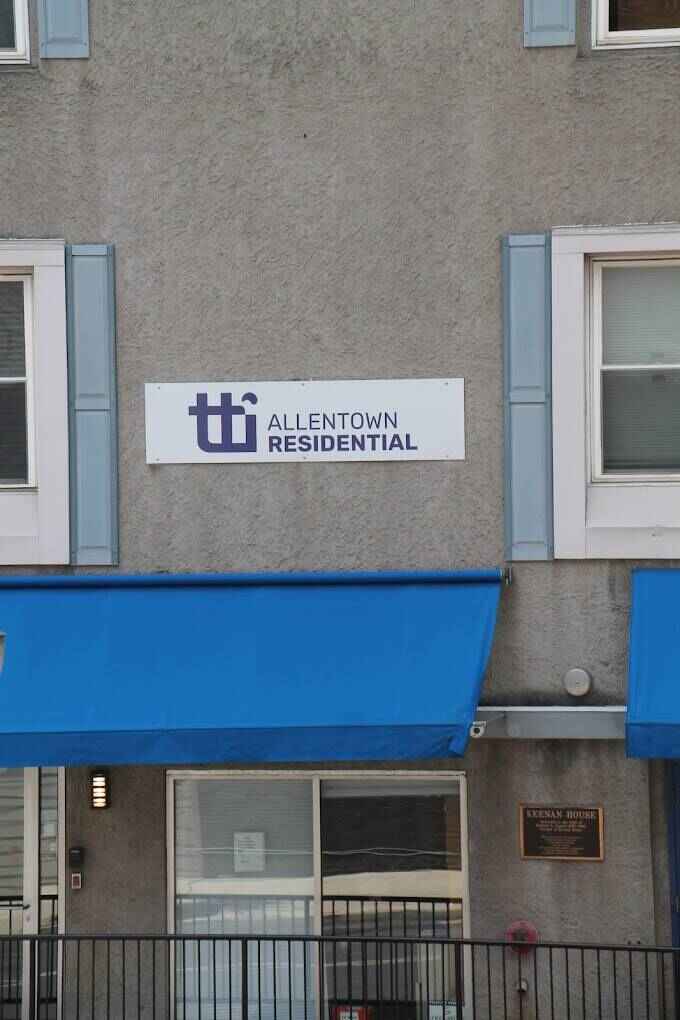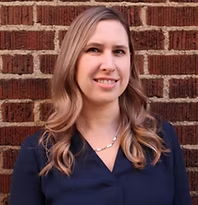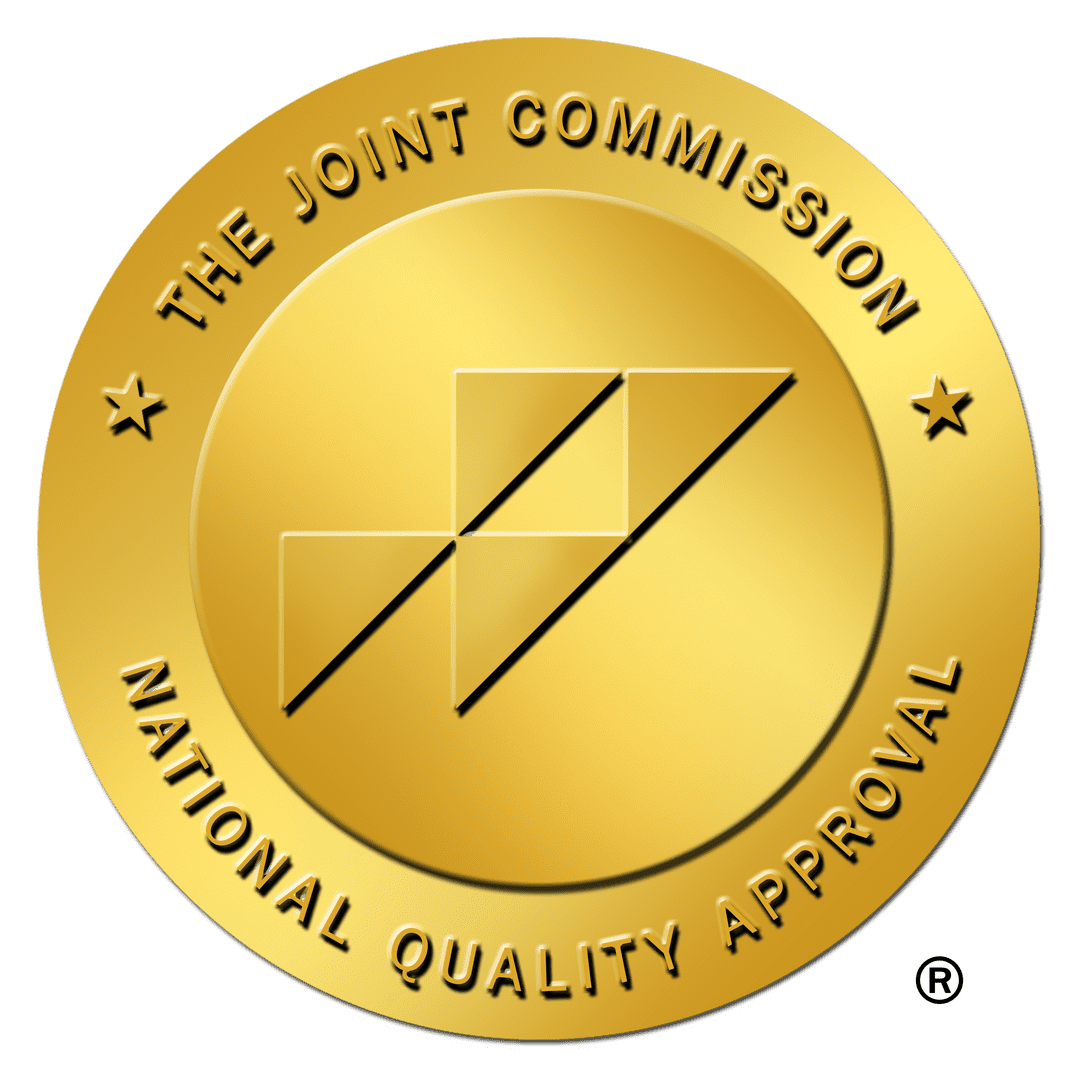About Allentown Residential – Allentown
Allentown Residential in Pennsylvania, was a progress-based residential treatment program for mental health and substance use disorder (SUD). Effective May 2024, and until further notice, admissions here have been suspended with no new clients being accepted into the program. Individuals currently being treated here will complete their time as normal. Medicaid and county-funded insurance were accepted here.
Treatment here reflected the criteria for high-intensity residential services and operated in three distinct phases: stabilization, communication and support and relapse prevention. Each phase was designed to offer different levels of support as clients transitioned through the program toward a strong, stable and sustainable long-term recovery.
Phase one here involved a brief “blackout” period, during which residents weren’t allowed to leave the facility. This way, they could shift into the program more comfortably as they got used to the staff and their new surroundings. During phase one, residents were coupled with a mentor — usually a resident in phase two — who could help fill in the gaps and support them in adjusting to their new environment. Residents then met with an intake coordinator to be given their treatment plan as well as their individual counselor for further assessments and evaluations. They were then introduced to psychoeducational groups where they began a deep dive into their addiction.
Phase two saw clients focusing on their relationship with their family and developing community engagement. They’d attend recovery-based meetings outside of the center, take part in life skills courses and participate in community events. These might have included yoga classes, mindfulness and meditation, fitness programs and more. At least one family therapy session would take place, and aftercare planning would begin to take shape. Residents could expect to complete six to eight hours of treatment and activities per day. They may have also benefitted from medication-assisted treatment (MAT).
In phase three, clients could enjoy more freedom as they prepared for their final transition out of residential care. They’d be allowed more time outside of the facility, extra smoking breaks where applicable, phone calls and the opportunity to be role models and advocates for fellow residents. Aftercare planning might have involved planning for transition to further addiction treatment programs, lining up MAT providers, therapists and ongoing recovery meetings.






